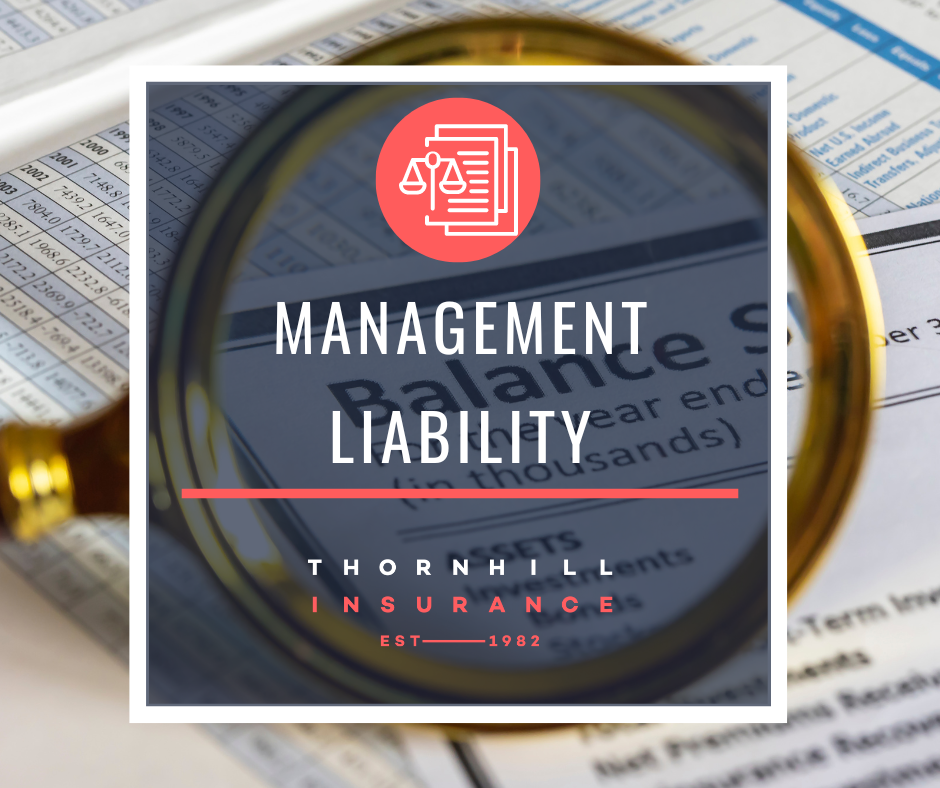
Understanding the Average Clause
Trying to understand the fine print in your paperwork? You are not alone. Insurance documents can sometimes appear complicated and full of lots of information that you should know but sometimes don’t understand. The AVERAGE CLAUSE is one of those things! Understanding the average clause isn’t only helpful it is vital. If you get it wrong, you could find yourself in a financial crisis. As an Insurance Broker we offer great support and add value to our clients in helping them fully understand any policy documents.
If you are underinsured this clause could reduce your claim significantly if your property is damaged or destroyed for example. Being underinsured means that there is a gap between what your property is worth and what your insurance covers.
For Example – A property owner insured her building for the market value of £400,000, thinking that had her covered. But after a fire breaks out on her property, she’s informed by specialists that to rebuild the premises she is looking at an amount of £800,000. As she only has insurance for 50% of the value of her building, she would only be entitled to a 50% payout from her insurance company meaning so would only receive a payment of £200,000.
Underinsurance often happens by accident as people either guess at the values, underestimate the current costs for materials or attempt to reduce their insurance premium, but the last thing we want as a broker is you guessing. There are tools out there that can help you, you can seek an independent valuation for rebuild purposes or there are various websites that maybe able to assist to ensure you are giving providing the right information to your insurance company and therefore paying the correct premium. Ensuring that the amount you’ve insured your property for matches its true value, you’ll know you’re safe if the worst were to happen.
Payout = Claim x (sum insured ÷ current value)
How it works
(The Loss ÷ Correct Sums Insured) X Current Sums Insured = Settlement
As another example, if you had a £20,000 loss and the current sum insured was £35,000 and the actual sum insured should have been £55,000 as new, the insurers would only pay out £12,727, shown below:
How it works
(£20,000 (Loss) ÷ £55,000 (Correct Sums Insured)) X £35,000 (Current Sums Insured)
= £12,727 Settlement
Always remember ‘Value everything as new’ or better still dig out your policy booklet and study your current sums insured. You can always increase your sums insured with your insurance adviser midterm without any hassle.
We are here to assist you, for further information please feel free to call us for a chat on 01924 499182!




